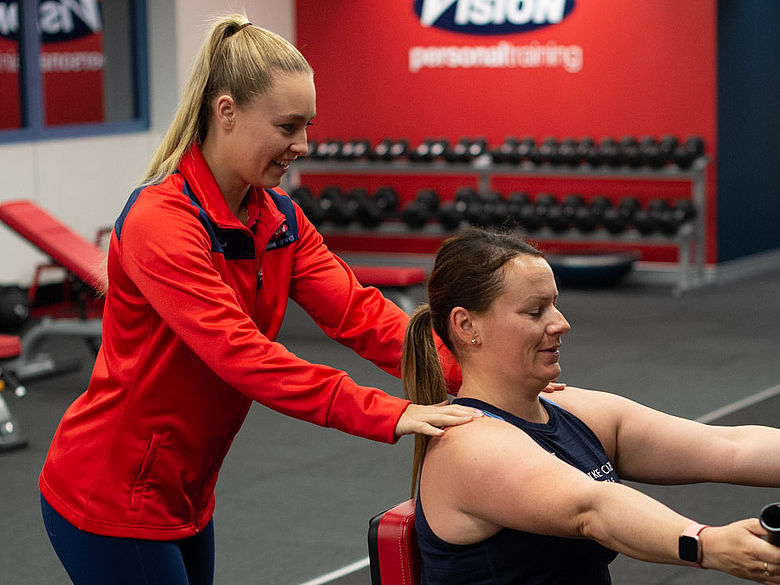Choosing the right intensity of cardio
It can always be hard deciding what intensity is suitable when exercising for cardio. It is common to misunderstand whether you are pushing yourself hard enough or not, during cardio exercise. A great way to determine what intensity you are exercising at is by basing it off your maximum heart rate (HRmax). Nowadays it is common to use smart tracker watches such as Fitbit, Garmin, Apple watch, etc. to track your exercise and to also follow your heart rate.
To find out your estimated HRmax, simply use the equation:
220 minus your age
Example: 21-year-old max. heart rate is 199 bpm.
220 - 21 = 199 bpm
The easiest way to understand the different intensities of cardiorespiratory exercise is by classifying it into categories and basing it off percentages of your HRmax (%HRmax). The American College of Sports Medicine displays an effective categorisation of relating these intensities to %HRmax as shown in the table below:
|
Intensity |
%HRmax |
|
Very light |
< 57 |
|
Light |
57-63 |
|
Moderate |
64-76 |
|
Vigorous |
77-95 |
|
Maximal |
≥ 96 |
Generally, in your training plan that you set in your goals session you will be asked to perform 'hard cardio' in your weekly plan. If you are confused with what exactly 'hard cardio' is then you can refer to this table and understand that it can be classified into the 'moderate' and 'vigorous' category where your heart rate is between 64 - 76% of HRmax or 77 - 95% of HRmax. If you are new to exercise and just starting out your training program, it is advised to start in the 'moderate' intensity category and gradually build your way up to 'vigorous' intensity or once you feel comfortable enough to do so.
Examples of gradually building up intensity of exercise can be shown through progressing the intensity of walking by either walking at a faster pace or increasing the gradient (walking up hills or increasing incline on treadmill). If after a few weeks, you are walking at the same pace or gradient, you might notice that your heart rate will not be as high as it once was when you first started exercising. This is because your body has started to adapt to the exercise and the changes you have made in your lifestyle so don't be alarmed, all you need to do is once again walk at a faster pace or increase the gradient until your heart is within that 'moderate' or 'vigorous' intensity.
For those of you who do not have a smart watch to track your heart rate, there is another way to classify intensities of exercise by relating it 'Borg's Rated Perceived Exertion (RPE) Scale. All you need to do is look at the scale and see how hard you think you are exercising on a scale out of 20 and refer to the table below:
|
Intensity |
RPE |
|
Very light |
< 9 |
|
Light |
9-11 |
|
Moderate |
12 - 13 |
|
Vigorous |
14 - 17 |
|
Maximal |
≥ 18 |
It is important to understand how to choose the correct intensity of cardio to ensure that you continually achieve results for your health and fitness. If you are confused with what intensity you should be exercising at, approach one of our trainers in the studio and we would be more than happy to help.
*Disclaimer: Individual results vary based on agreed goals. Click here for details.

